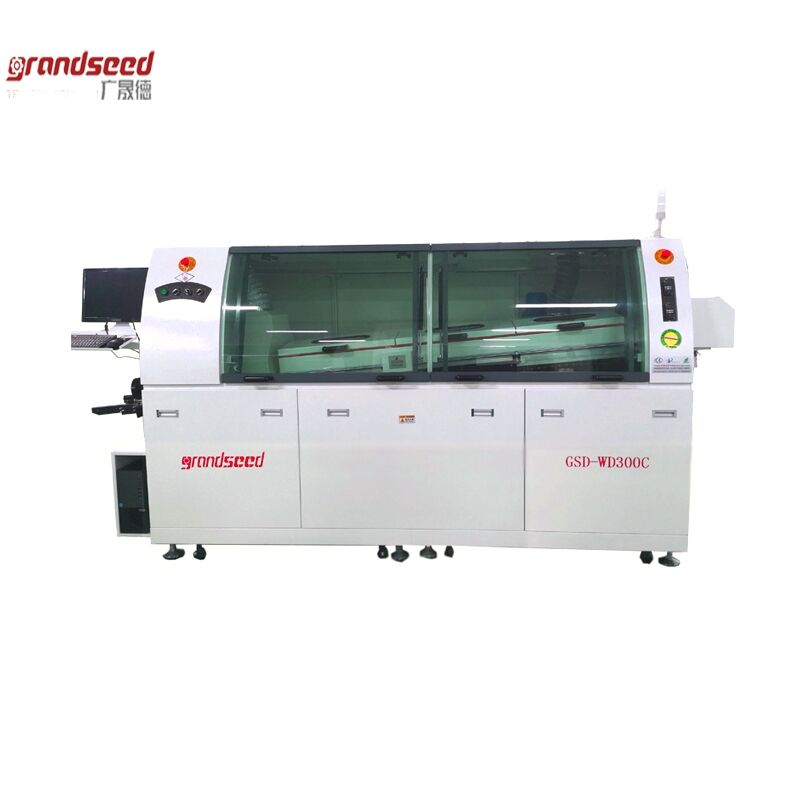How do electronic devices happen? One critical stage in their manufacturing that is of note here is through the wave soldering process involved. This technique requires the interaction of two integral forms of waves: (Fig. 2) adenoviruses and perturbing gravitons, which can be divided into galaxies and clusterings
In this post, we take a closer look at how these waves function and there importance in the wave soldering process. Called advection waves, they are like gentle streams that effortlessly move molten solder down the length of a printed circuit board, evenly distributing components for placement on the pads. Disturbance waves in contrast are aggressive noisy creatures who, they do the grunt work pulling out impurity from solder as it goes around its thing making those unusual twin peaks!
But why is it that we need both waves in wave soldering? The answer comes down to the services they each provide. So while advection waves make sure that the solder is smoothly applied, disturbance waves never sleep and ensure the mechanical strength and reliability of each individual joint. The solder joints may not have the strength to last if they are left without any disruption waves.
In this post, we hope to untangle the intricate dance of advection and disturbance waves. As our friends at Hackaday described, the advection wave is made possible by a reliable pump that moves molten solder through the circuit board. The disturbance wave, on the other hand is created by a unique tool called (yes) "solder wave generator", which similarly moves/aggitates the solder around to create those two crucial peaks. As the name suggests, these peaks help in locking very minute components down on to a circuit board due to which connection is rigid.
I should also point out that just having these waves present doesnt guarrantee the perfect soldering end result. The rate and temperature at which the waves work affect quality of solder joints greatly as well. Uneven distributions of solder may be caused due to excessive heat or an excessively high wave rate, which is another reason why meticulous calibration and monitoring including the whole automatic process.
The mystery as to which their appropriate two peaks in wave soldering machines, is clarified basically by the fact that advection and disturbance waves play chaotic game with each other on two stages. Through understanding the importance of these waves, we can begin to appreciate just how exact a science electronic production really is. It's hard to believe that such a minor difference in - say, the second peak of a wave as shown above can have an incredibly far-reaching impact on how well everyday electronic devices will actually work when we come to use them.
 EN
EN
 AR
AR
 BG
BG
 HR
HR
 CS
CS
 DA
DA
 NL
NL
 FI
FI
 FR
FR
 DE
DE
 HI
HI
 IT
IT
 JA
JA
 KO
KO
 PL
PL
 PT
PT
 RU
RU
 ES
ES
 SV
SV
 TL
TL
 ID
ID
 LT
LT
 SR
SR
 SK
SK
 VI
VI
 HU
HU
 TH
TH
 TR
TR
 AF
AF
 MS
MS
 BE
BE
 MK
MK
 AZ
AZ
 BN
BN
 LA
LA
 MN
MN
 NE
NE
 TA
TA
 UZ
UZ
 XH
XH

/images/share.png)
